Competitions Quick Guide
Olympic Weightlifting is considered as one of the greatest tests of strength and power, and competitions are the stage on which the sport comes to life. Here is a quick guide to a weightlifting competition.

Bodyweight Categories
Did you know that weightlifting competitions have bodyweight categories? This is to make sure the competition is fair. For example, a 67kg lifter wouldn’t go head to head with a 109+kg lifter, but rather another fellow 67kg lifter.
Prior to competition, when an athlete fills out an entry form, they will be asked which bodyweight category they wish to compete in. There are 10 categories to choose from.
For example: The current senior women’s categories are as follows- 45kg - 49kg - 55kg - 59kg - 64kg - 71kg - 81kg - 87kg - 87+. If a woman weighed 53kg, she would enter in the 55kg category, as this accomodates for women weighing in between 49.01-55kg.
On competition day, athletes will have to weigh in. The weigh in usually takes place 2 hours before athletes are due to lift. Athletes need to bring photographic identification and they may be weighed in either completely undressed, partially dressed, or fully dressed in lifting costume. Footwear and watches must be removed. Lifters are entitled to wear jewellery, hair adornments and religious head wear during weigh-in.
To find out more, you can read the ‘Technical and Competition Rules and Regulations’.
Warming up & the back room
Competing athletes and their coaches are allowed in the back room. Prior to competing, when an athlete fills out their entry form, they will be asked to name their coach. Coaches must be level 2 certified and this will be checked on the day of competition. Coaches will be asked to show their coaching license, and will be given a wristband so they can enter the warm up room with athletes.
Once you enter the back room, expect to see platforms, weights, and a crowd of coaches around the competition board, estimating the time their athletes have before going out onto the platform.
Want to experience the back room? Our level 2 Certificate in Coaching Olympic Weightlifting is your ticket. In addition to giving you back room access and competitions, our Level 2 will also equip you with the knowledge and skills you need to work as an independent weightlifting coach. For more information see our Olympic Weightlifting coaching courses.
Lifter’s attire
Picture this: You have signed up to your first competition, you have trained hard, and as the day approaches you just have one thing on your mind…What do I wear?
At tier 1 and tier 2 competitions lifters must wear a singlet (weightlifting costume/leotard). Singlets must be one piece, collarless, and must not cover the knees or elbows. Singlets can be any colour.
A unitard, t-shirt, shorts, or leggings may be worn under a singlet. If opted, these must be tight fitting, collarless, any colour but not patterned, and may cover the elbows and knees. (The exception here is shorts, these must not cover the knees).
If athletes are competing at a tier 3 competition, they can substitute a singlet with a t-shirt and shorts
Athletes may choose to use a belt in competition. Belts must be worn on the outside of the costume and must have a width not exceeding 12cm.
Our favourite singlet is the Eleiko’s ‘Raise Lifting Suit’. Eleiko also have a range of weightlifting belts to choose from to suit your needs.
To find out more singlet guidance, along with rules around footwear, bandages, gloves, and prosthetic limbs, you can read the ‘Technical and Competition Rules and Regulations’.
Competition Judging
After a lift, 3 technical officials vote the lift as a ‘good lift’ (white light) or a ‘no lift’ (red light)
Here are some common reasons you may get a no lift:
- Finishing with a press-out, defined as: continuing the extension of the arms after the lifter has reached the lowest point of their position in the squat or split for both the snatch and the jerk.
- Lowering the barbell before the referees’ signal
- In the clean: resting or placing the barbell on the chest at an intermediate point before its final position producing a “double movement”; often referred to as a “dirty clean”
You can find the exhaustive ‘incorrect movements’ list in the ‘Technical and Competition Rules and Regulations’.
The scoreboard
We’ve all done it. Looked at the board at a competition and pretended we understood what was going on. Here is a little breakdown to help you along:
Green squares indicate "good" lifts, once an athlete secures a “good” lift, they will have to increase the weight by at least 1kg for their next attempt.
Red squares show "no" lifts. If an athlete misses a lift, they can repeat the weight or increase the weight.
Yellow indicates which lifter is currently competing.
The athlete will receive a total when they have recorded at least one successful attempt in both the Snatch and Clean & Jerk.
If an athlete fails to record at least one successful attempt in either the snatch or clean & jerk a DSQ symbol will appear, and they will not progress in the competition.
The total is made by adding the lifters highest successful Snatch and Clean & Jerk attempts together.
The lifter with the highest total will win the competition. If two people are tied, then the winner is the person who achieved the total first.
Would you like to learn the complete ins and outs of the two lifts and become a Technical Official? We offer 4 separate Technical Official courses to make up our Technical Official pathway, that takes you from gaining your licence all the way to being able to work at IWF category 1 competitions. Find out more here.
Want to find out more about our competitions?
Why not head over to the competition section of our website where we go into more detail about competitions, provide the British Weight Lifting competition calendar, detail the results, rankings and records plus find out more information on each of the major competitions running at the moment.
Partners
-
 Official Partner
Official Partner
-
 Official Equipment Partner
Official Equipment Partner
-
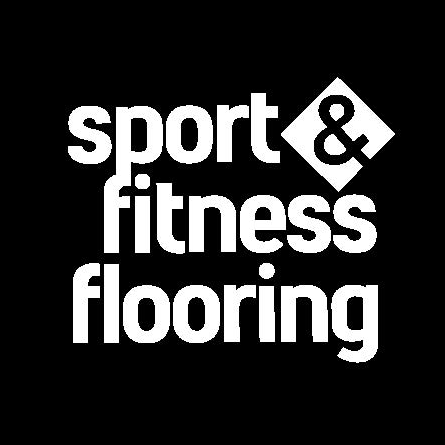 Official Partner
Official Partner
-
 Official Partner
Official Partner
-
 Official Photography Agency
Official Photography Agency
-
 Official Partner
Official Partner
-
 Official Partner
Official Partner
-
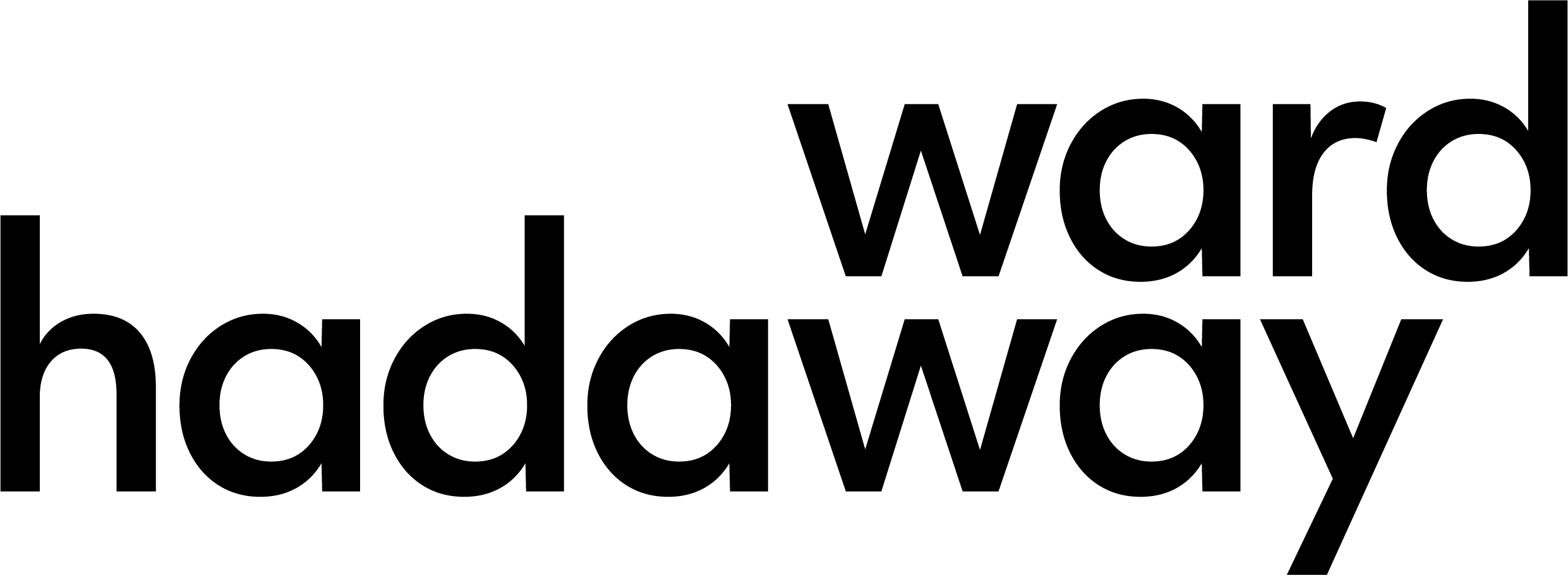 Official Partner
Official Partner
-
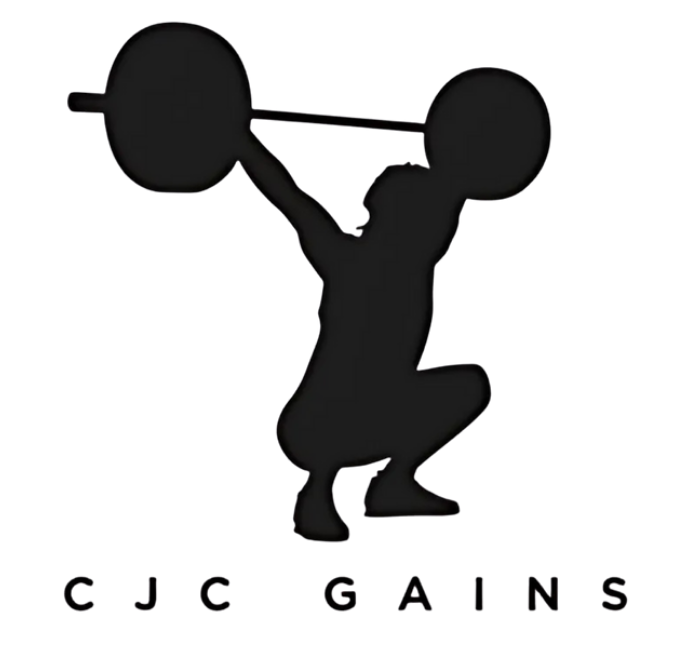 Official Partner
Official Partner
-
 Official Travel Partner
Official Travel Partner
-
 Partner
Partner
-
 Funding Partner
Funding Partner
-
 Funding Partner
Funding Partner
-
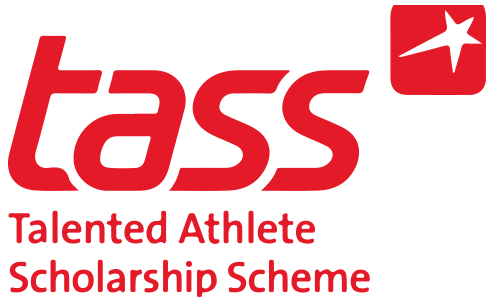 Funding Partner
Funding Partner
-
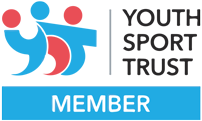 Official Strategic Partner
Official Strategic Partner
-
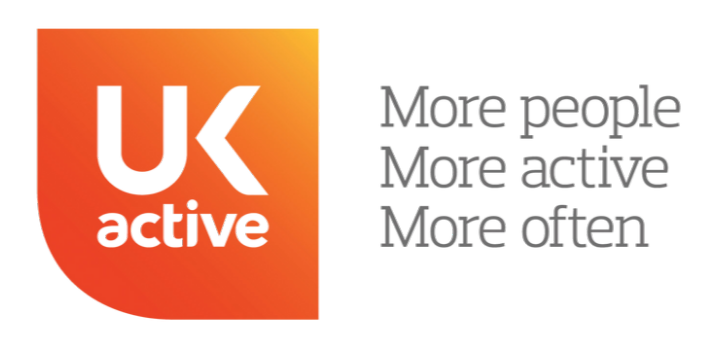 Official Strategic Partner
Official Strategic Partner
-
 Official Strategic Partner
Official Strategic Partner
-
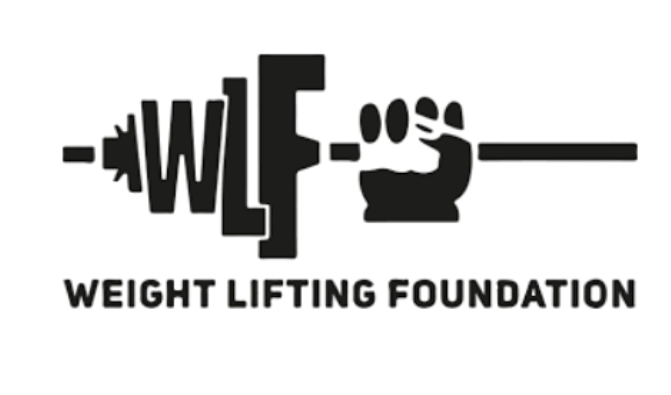 Weight Lifting Foundation Charity
Weight Lifting Foundation Charity
-
 Official ELearning Partner
Official ELearning Partner
-
 Official Awarding Organisation
Official Awarding Organisation
-
 Official Course Endorsement
Official Course Endorsement


